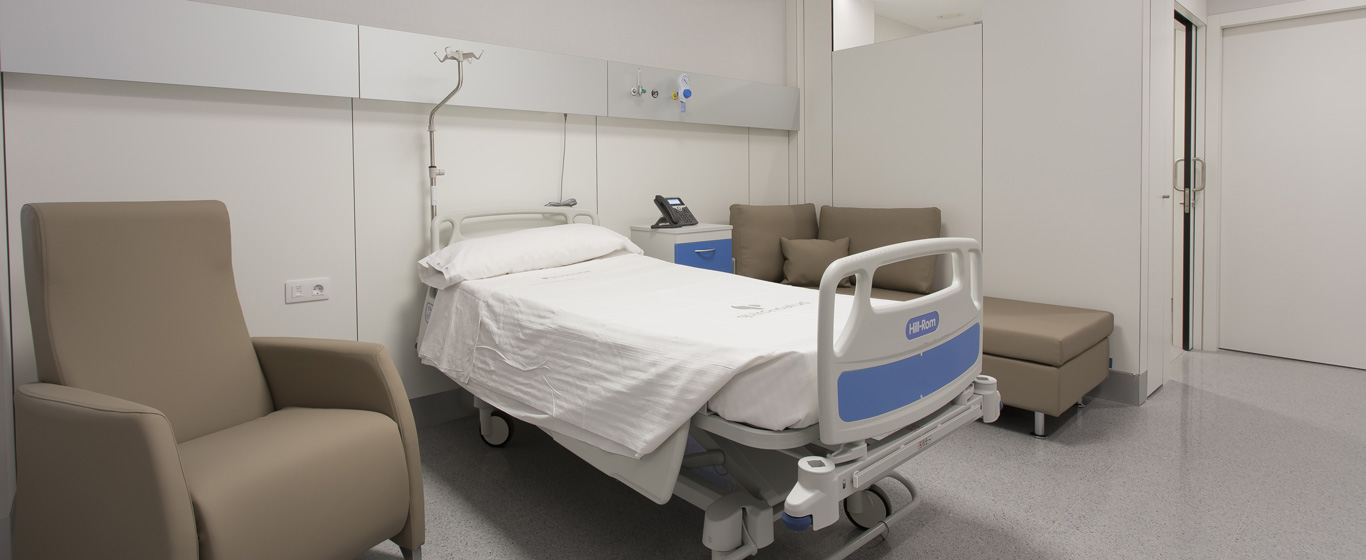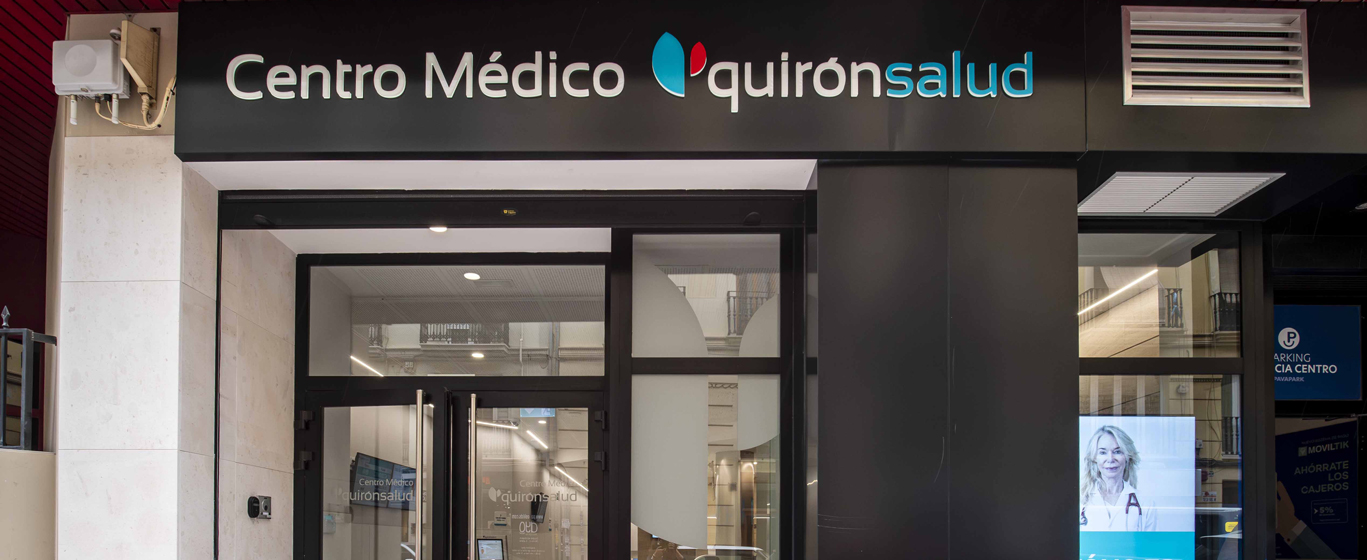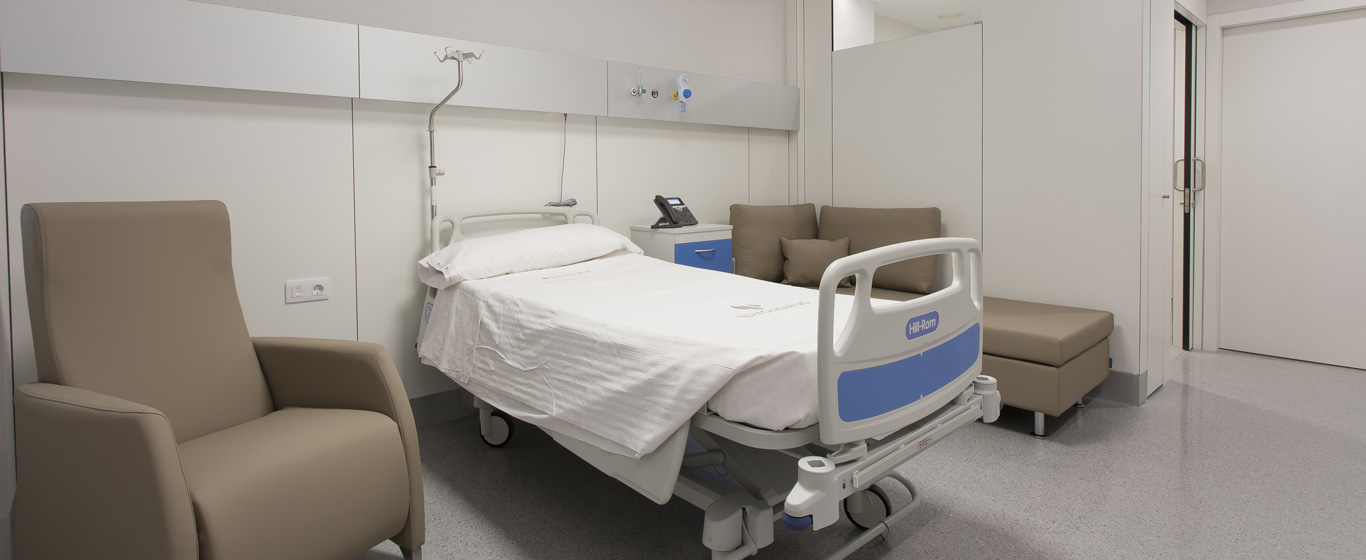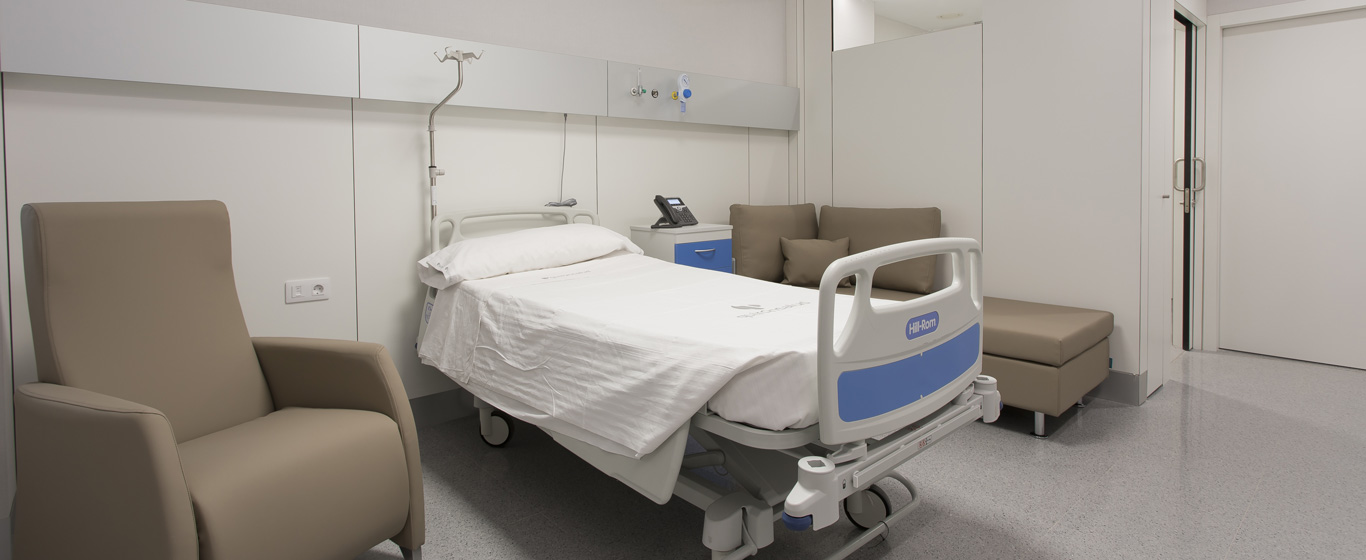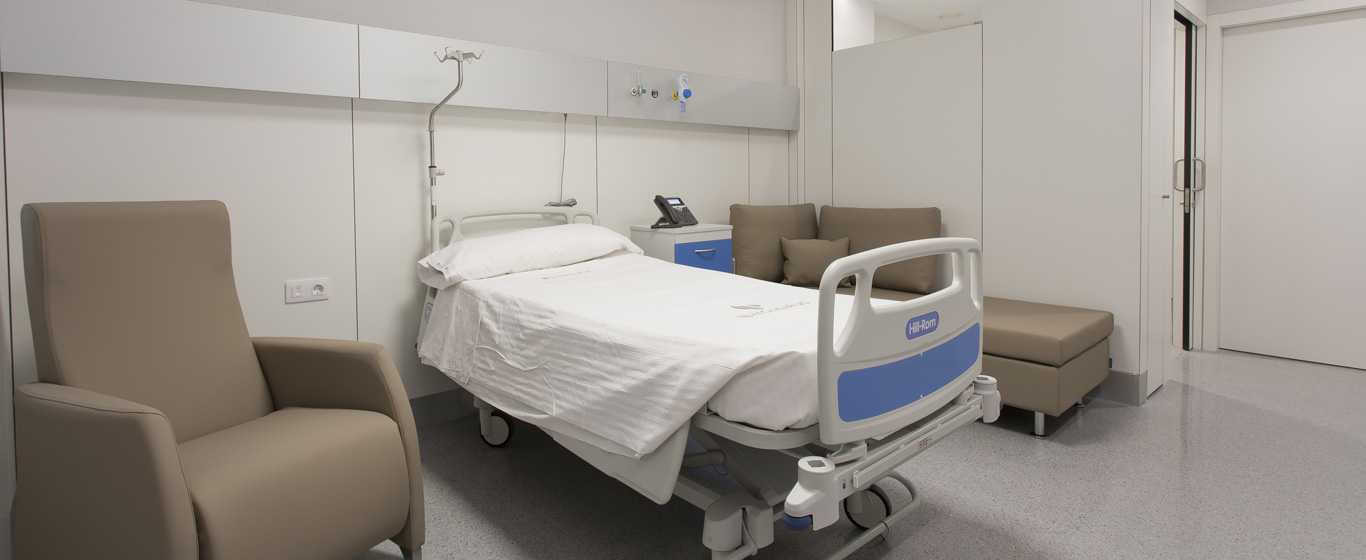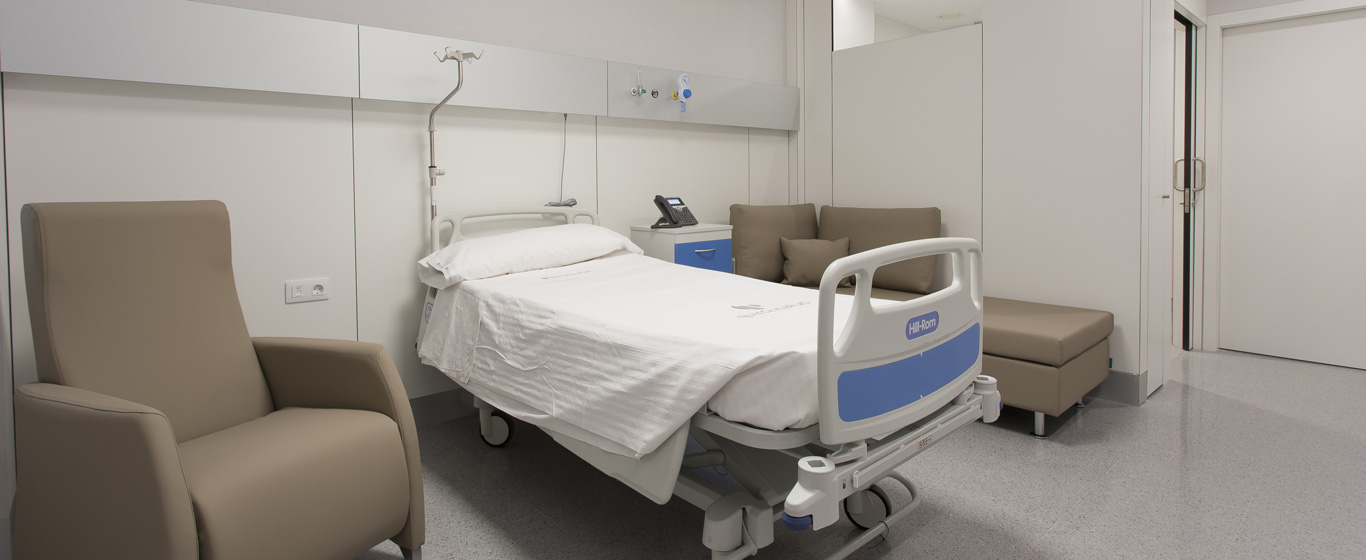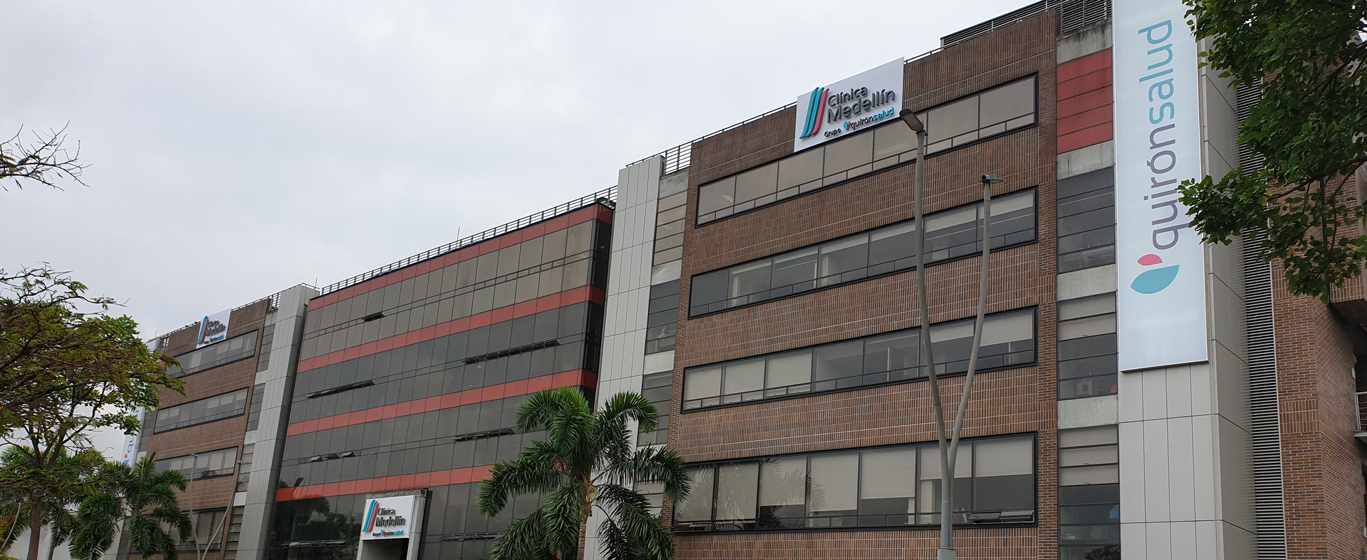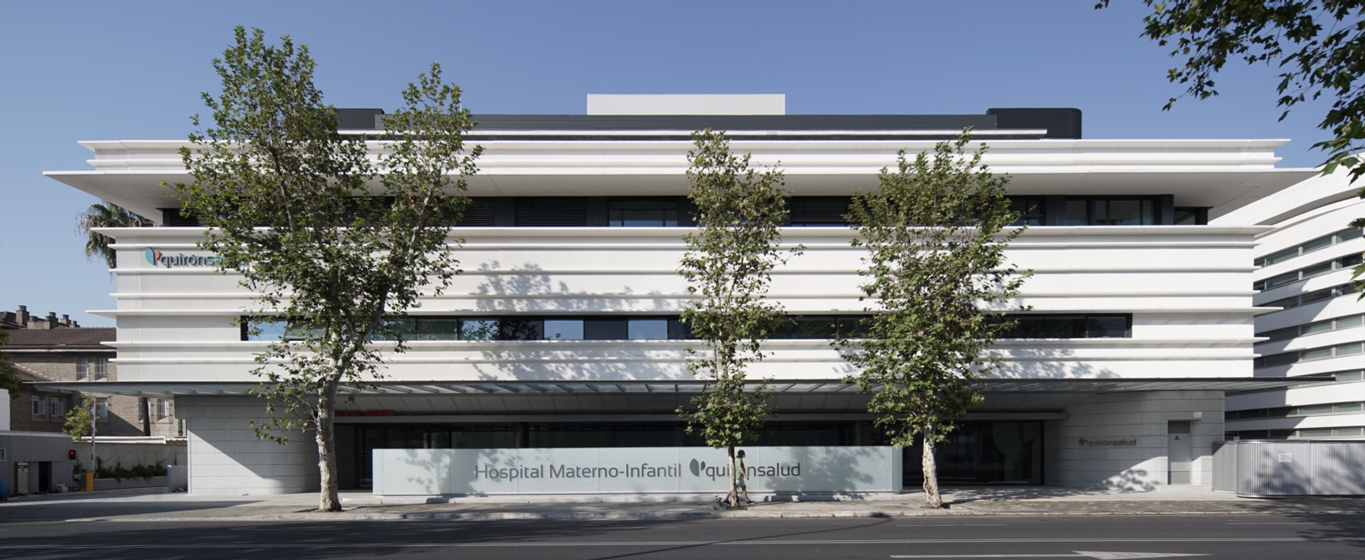Mammography
Using X-rays, mammography captures images of breast tissue, which are later analyzed to determine the presence of cancerous abnormalities. Currently, it is a screening method used in healthy populations for early diagnosis.

General Description
Mammography is a diagnostic imaging test that uses X-rays to assess breast health. It is currently a screening method for the early detection of breast cancer (screening mammography). In addition to screening, this procedure (diagnostic mammography) helps determine whether a detected lump or other abnormality is cancerous, define the stage of a malignant tumor, or monitor its progress after treatment.
As a type of radiograph, mammography produces grayscale images where tumors appear as white masses. However, breast density can complicate diagnosis, as fibrous tissues also appear white.
Depending on the technology used, there are three types of mammograms:
- 2D Mammography: This traditional technique provides flat images of the breast. Since the tissue is displayed in overlapping layers, some abnormalities may be obscured, or benign structures may appear suspicious.
- 3D Mammography: This method generates three-dimensional images by capturing views from two angles—top to bottom and side to side. Since there is no overlapping of layers, this technique provides a more realistic view and enhances the detection of lesions that might otherwise remain hidden.
- Contrast-Enhanced Mammography: This recent technique involves injecting a substance, typically iodine-based, to obtain functional and more detailed images of lesions. The result is similar to that of an MRI scan, but the procedure is quicker and suitable for individuals with claustrophobia or metallic implants. It is particularly recommended for women with very dense breast tissue.
Findings in the mammography report are classified as follows:
- BI-RADS 0: Images are inconclusive, requiring additional tests.
- BI-RADS 1: Negative result. No masses, calcifications, distortions, or asymmetries between the breasts are found.
- BI-RADS 2: Negative result. Benign findings are detected, meaning non-cancerous masses or lesions that pose no health risk.
- BI-RADS 3: Likely benign finding requiring follow-up. The probability of the detected cysts being cancerous is minimal (around 2%), but confirmation is not certain. Another test should be conducted within six months to a year.
- BI-RADS 4: A suspicious abnormality that may be cancerous, though not confirmed. A biopsy is required to determine malignancy.
- BI-RADS 4a: Very low probability of cancer (between 2% and 10%).
- BI-RADS 4b: A 10% to 50% probability that the detected tumor is cancerous.
- BI-RADS 4c: More than a 50% probability that the lesion is cancerous.
- BI-RADS 5: Strong indication of cancer, with more than a 95% probability. A biopsy is still needed for confirmation.
- BI-RADS 6: Applied to tests monitoring tumors that have already been confirmed as cancerous through biopsy.
When Is It Recommended?
Mammograms are typically performed for two main reasons:
- Screening Mammography: Conducted every two years in healthy women aged 50 to 69. According to the Spanish Association Against Cancer, there is no consensus on routine screening for women aged 45 to 49, so individual medical consultation is advised.
- Diagnostic Mammography: Recommended for women experiencing symptoms such as lumps, pain, abnormal nipple discharge, skin thickening, shape changes, or variations in breast size.
How Is It Performed?
The procedure varies depending on the type of mammography performed:
- 2D Mammography: The patient stands with her breast fully resting on a plastic plate. The upper plate gradually compresses the breast until it is as flat as possible. An X-ray beam then passes through the breast, reaching a device that converts the energy into images.
- 3D Mammography: Unlike traditional mammography, the device moves around the breast to capture sectional images from different angles, which are then combined to reconstruct a three-dimensional view.
- Contrast-Enhanced Mammography: The imaging process is similar to the previous methods, but before starting, a contrast agent is injected into a vein in the arm.
For bilateral mammograms, meaning imaging of both breasts, the procedure is repeated for each side.
Risks
Mammography is not entirely risk-free, as X-ray exposure may slightly increase cancer risk. However, the radiation dose is minimal, posing an insignificant health risk. Additionally, the benefits of early tumor detection outweigh potential harms.
X-ray radiation from mammography can affect fetal development, so pregnant women or those who may be pregnant should inform their doctor to explore safer alternatives.
Another risk, particularly with 2D mammography, is the possibility of false negatives or false positives due to image interpretation.
What to Expect During a Mammogram
Mammography is an outpatient procedure, allowing patients to resume normal activities immediately afterward.
On the day of the exam, it is best to wear comfortable clothing that is easy to remove, as patients will need to wear a medical gown provided by the facility. The gown fastens at the front to allow access to the breast while maintaining privacy.
During the procedure, the breast is compressed between two plates, causing pressure that some women find painful. However, compression lasts only about 30 seconds, providing quick relief.
For contrast-enhanced mammograms, the injection site may cause mild discomfort. Some patients experience a sensation of warmth as the contrast agent moves through the vein.
Once the procedure is complete, the specialist ensures the images are clear before the patient leaves. Results are typically available within a few days.
Specialties That Request a Mammogram
Primary care physicians, oncologists, and gynecologists are the specialists who typically request mammograms from radiologists.
How to prepare
Mammography does not require special preparation. However, for first-time patients or those who have experienced discomfort in prior exams, it is advisable to schedule the test a few days after menstruation to avoid heightened breast sensitivity.
It is recommended to avoid using deodorants or perfumes, as they may contain metallic particles that interfere with imaging results.
Patients with previous mammogram results should bring them for comparison.






